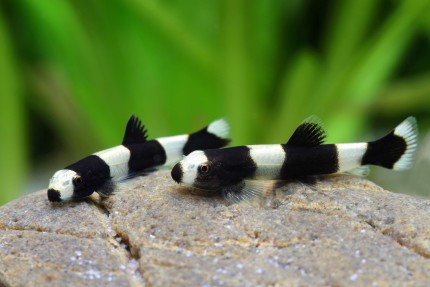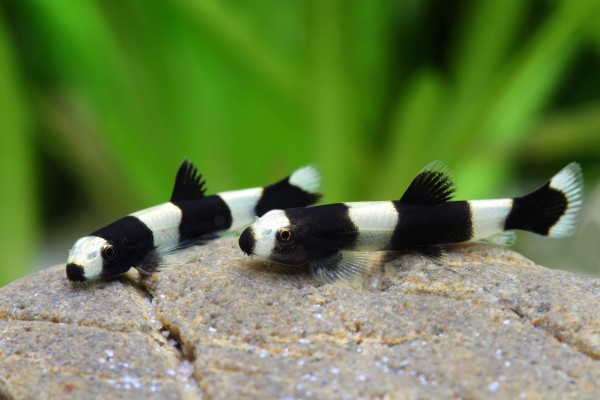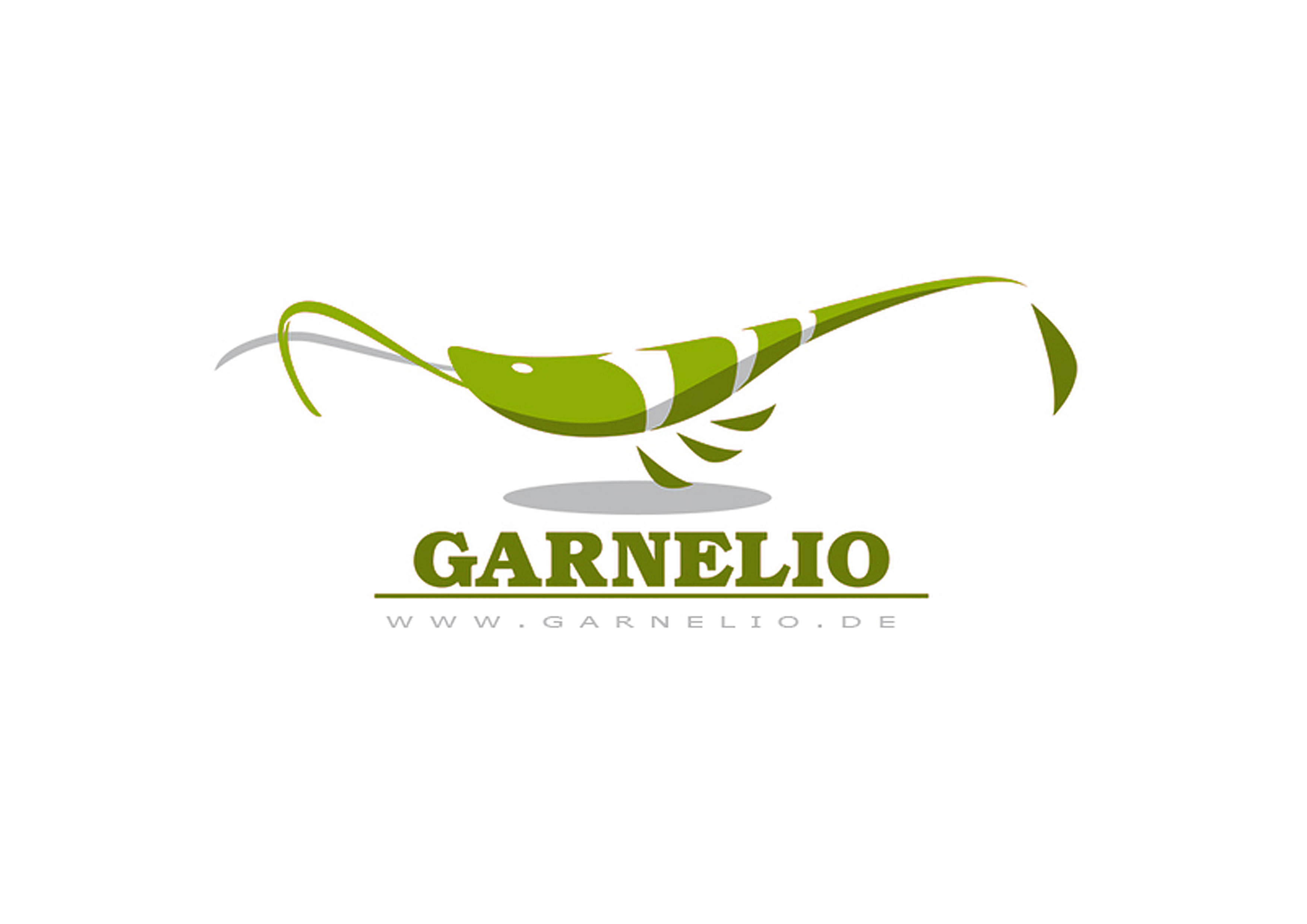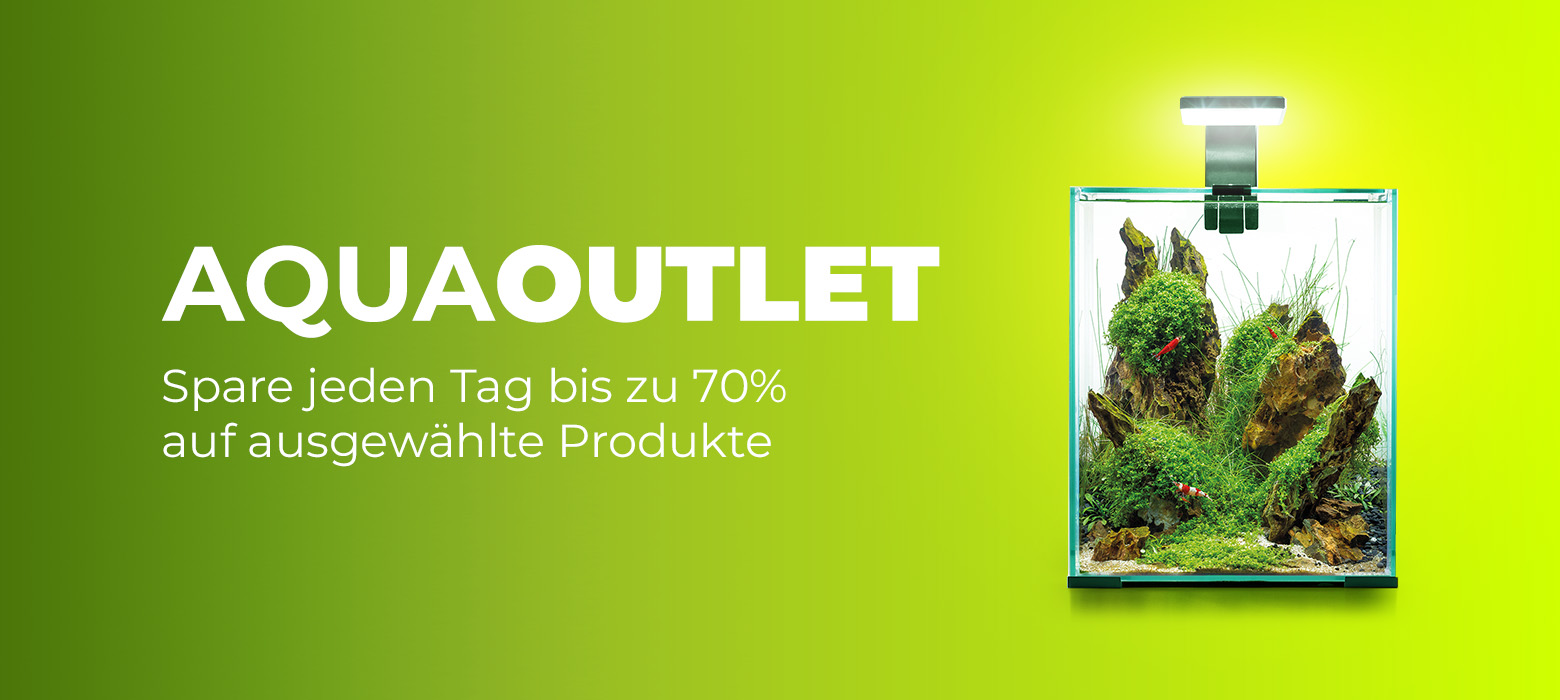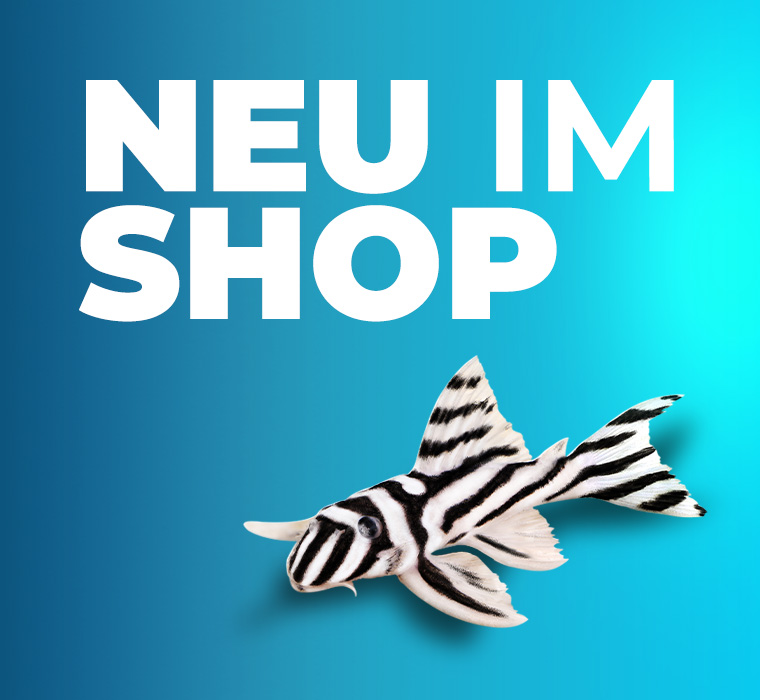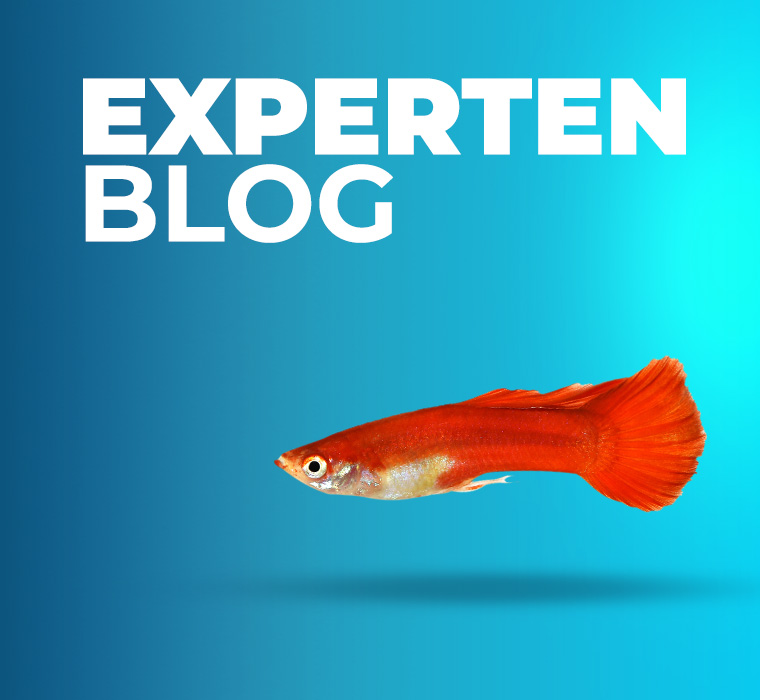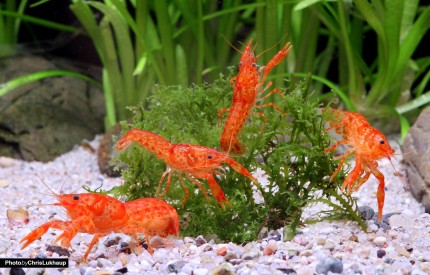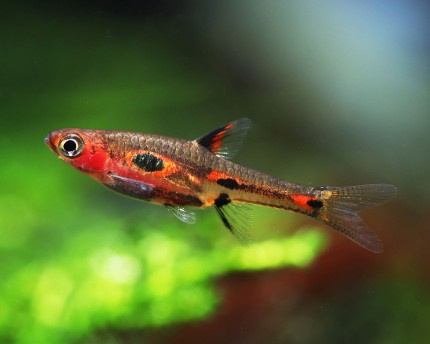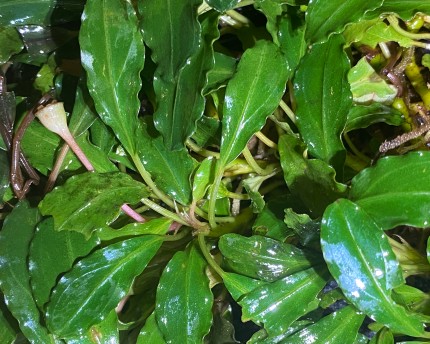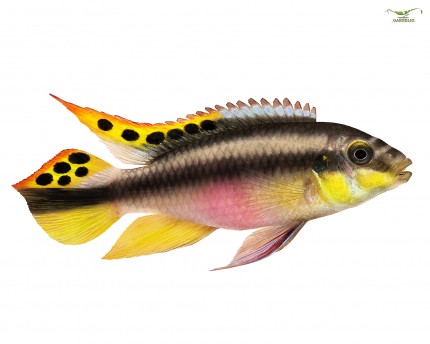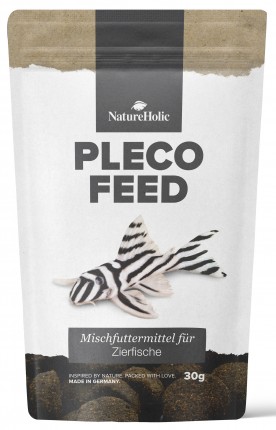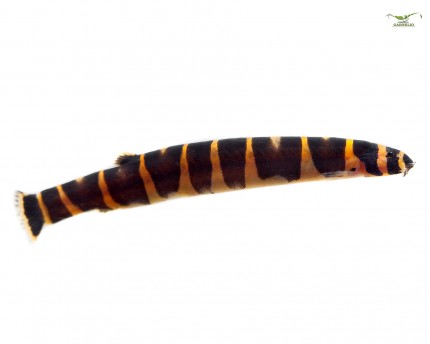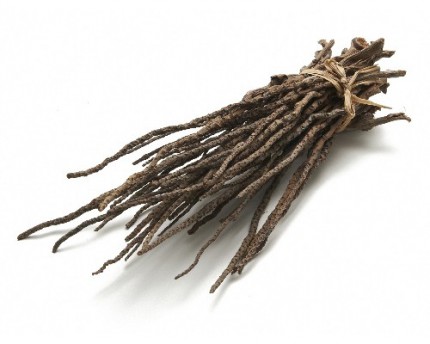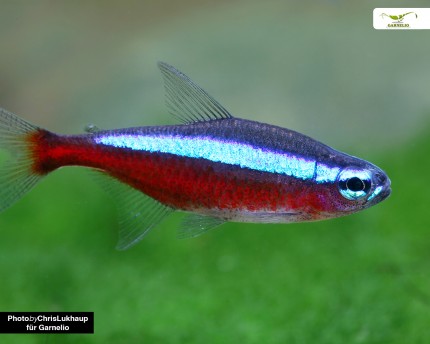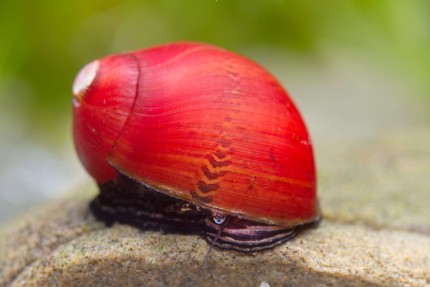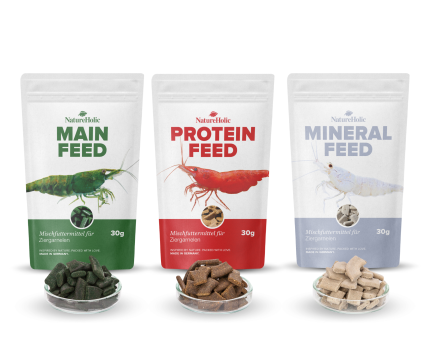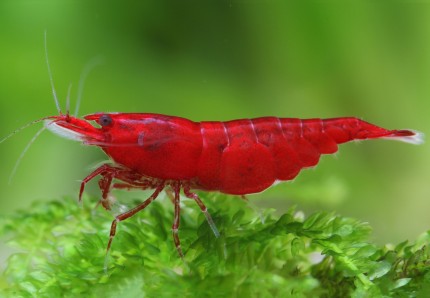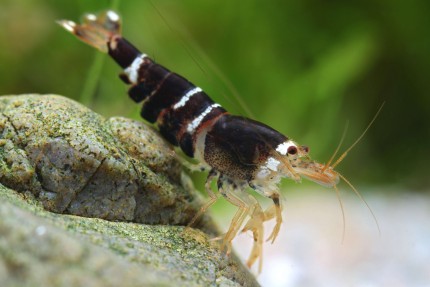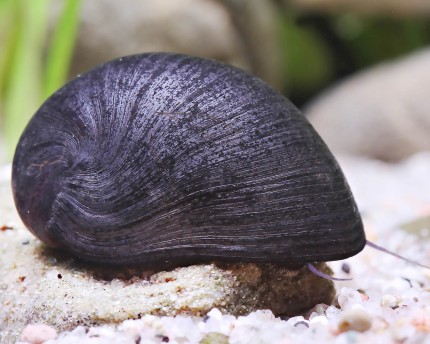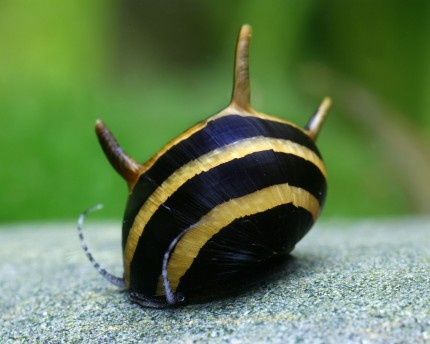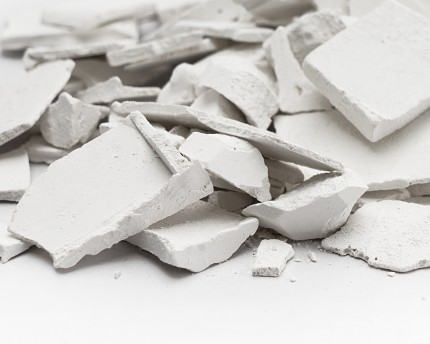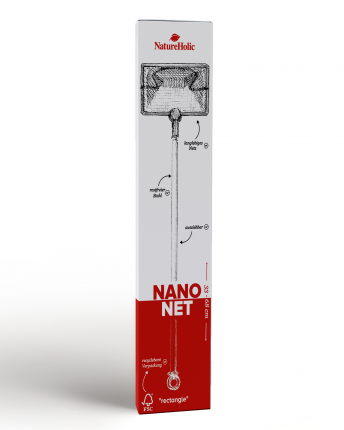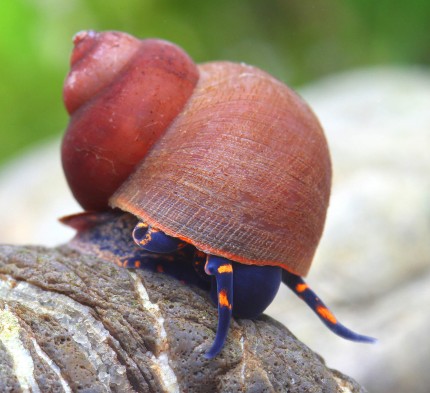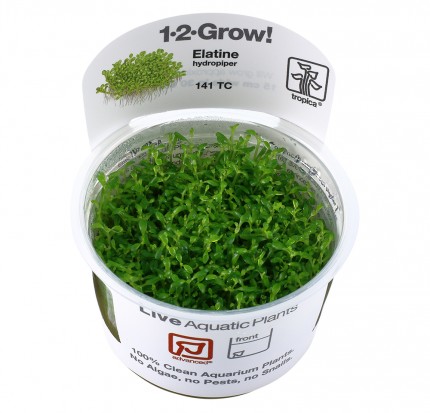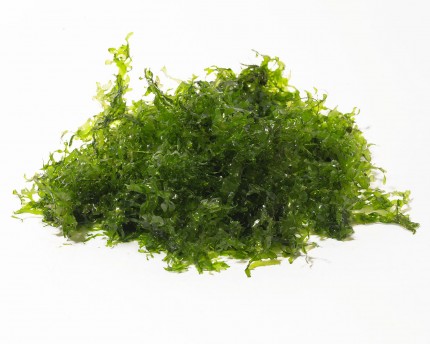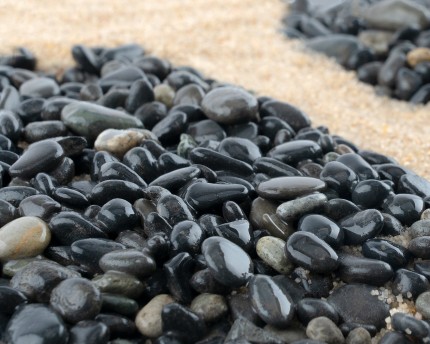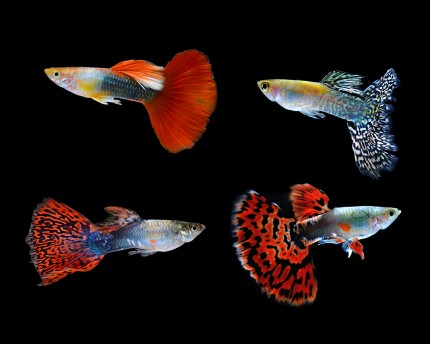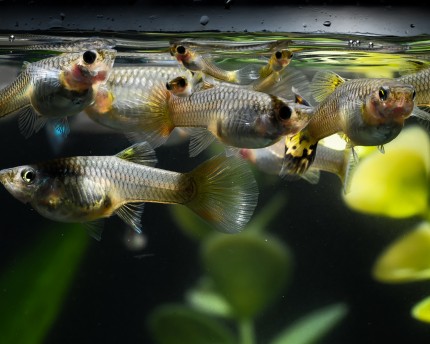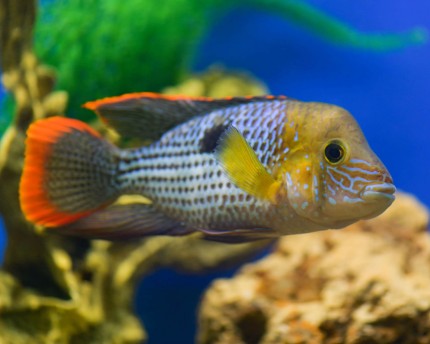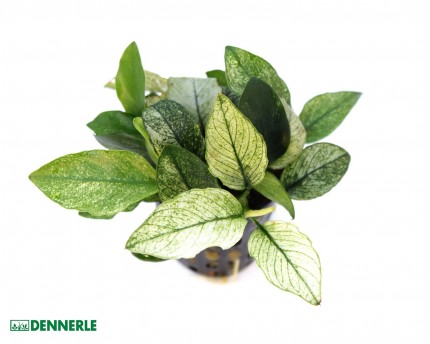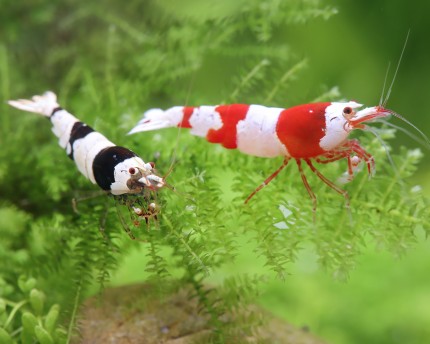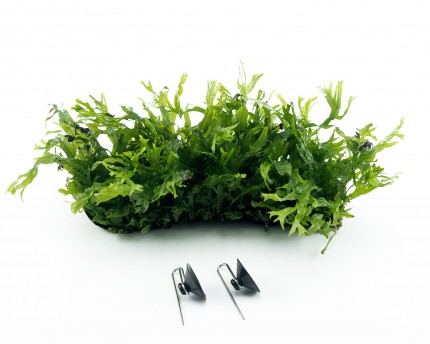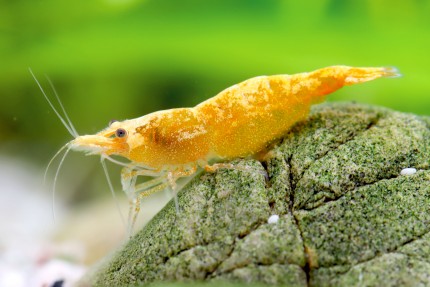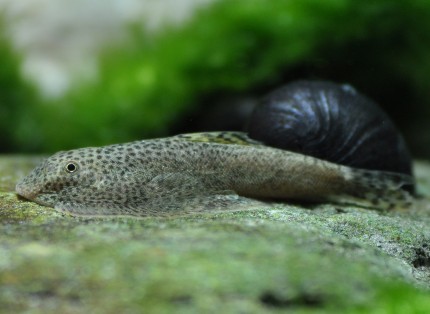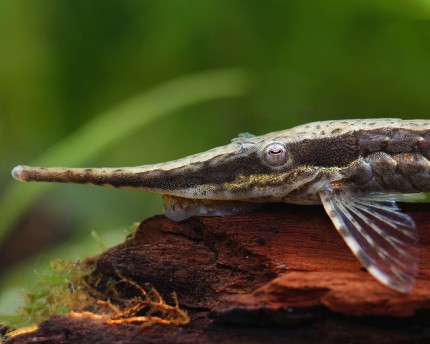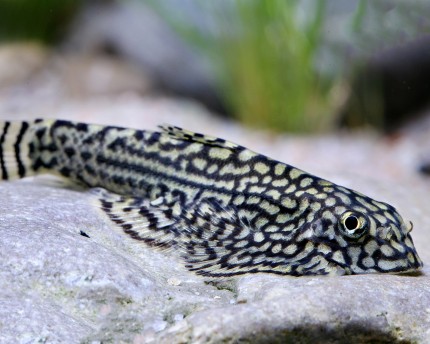incl. VAT plus shipping costs
Currently not available
Delivery only innh. Germany and Austria possible.
Switch to the German store
- Item no: 6156
Fast delivery times
All products are in stock with us!14 years of breeding experience
Let our team of experts advise you!High customer satisfaction
from over 3,000 reviews "| Origin: | Asia |
| Aquarium size: | 54 l (approx. 60cm) |
| Behavior: | Active |
| Feature: | Algae eater |
| Water values: | Soft water |
| Difficulty: | 3 - Difficult |
| Fish group: | Loaches |
| Diet: | limnivorous - growth eater (algae) |
| Pelvic region: | Below |
| with shrimps?: | with dwarf shrimps, offspring is not eaten |
| with dwarf crabs?: | No |
| Temperature: | 15-20 °C |
| Visual effect: | Especially colorful |
| Planting possible?: | Yes |
| with snails/shells?: | Yes |
| Final size: | 4-8 cm |
| with large crabs?: | No |
| with fish?: | conditional* (see description) |
| Breeding: | heavy |
| with crabs?: | No |
The Panda Loach or Panda Mountain Brook Loach (Yaoshania pachychilus, synonym Protomyzon pachychilus) is an absolute stunner as a juvenile fish: black and white cross bands adorn the slender fish from China. They grow to a maximum size of 6 cm. The coloration of the adult fish is a light gray and dark gray stripe pattern - still extremely attractive, although not quite as contrasting as the juvenile. In its native habitat it is considered an endangered species, so great attention should be paid to breeding this beautiful fish , which is highly compatible with shrimp .
In nature, Panda Mountain Brook Loaches live in very similar habitats to bee shrimp: plant-free, with fallen leaves on the bottom, clean and soft water.
Yaoshania pachychilus feels most comfortable in a small group. The panda loach needs rather cool, soft water with a conductance of 200-250 µS and a maximum of 24 °C, whereby the values may drop to 15 °C during the year. The water quality should be good, the oxygen content high. High nitrate values are particularly badly tolerated. Since the loaches like to comb the substrate for food, you should choose fine gravel or sand as substrate for the aquarium. Rounded grains are highly recommended. For breeding, a section of the aquarium with coarse gravel is conducive.
The panda loach is an epiphytic feeder, feeding primarily on algae growth and biofilms. This must be taken into account when feeding. Food that is too high in protein is not good for this beautiful fish, so mosquito larvae and the like should be avoided. Appropriate food tabs for plant eating bottom dwelling fish should therefore be part of the regular diet. In principle, panda loaches are fed like bee shrimp - to which they also fit perfectly in terms of water values.
The sexes can be distinguished by the genital papilla, but this is difficult to recognize for inexperienced keepers. On the whole, the females are stronger than the males and often less contrasting in their markings.
Panda loaches are free spawners, they like to lay their eggs over coarser gravel. The young initially live in the coarse gravel. When they come out, they are fed with Artemia nauplii. Some mulm on the aquarium bottom provides microorganisms for feeding the fry. Vigorous water changes and good food will encourage spawning.
Our food recommendation: The NatureHolic Catfishfeed for all aufwuchs feeding sucking catfish in the aquarium is a balanced tablet food that does not cloud the water and the fish like to eat. The catfish tablets also contain NatureHolic active ingredient complexes, which provide sucking catfish with everything they need for a strong immune system, healthy growth and great, contrasting coloration. As a snack, supplemental food or vacation food, we recommend the CatfishPlates.
Our plant recommendation: Use for planting NatureHolic InVitros. These are free of snails, planarians and other unwanted co-inhabitants. Also free of algae spores, bacteria and fungi.
Expert Tip: We recommend for fish keeping the NatureHolic 3 Phase Liquid. The care set offers the best all-round protection for your animals. It ensures optimal conditions for successful breeding and keeping.
Size: 2-3 cm
| Scientific name | Yaoshania pachychilus (synonym Protomyzon pachychilus) |
| German Name: | Panda loach, panda mountain stream loach |
| Difficulty level: | advanced |
| Origin/Distribution: | China |
| Coloration: | Juvenile: black and white block stripes across body, adult: blurred pattern of light gray and dark gray spots |
| Age expectancy | unknown |
| Water parameters: | GH up to 6, KH 0 to 3, pH 6 to 7, temperature 15 to 24 °C maximum |
| Tank size: | from 54 l |
| Food | Growth, algae cover, microorganisms, food tablets for omnivores, some live food or frozen food (water fleas, Artemia and Cyclops, no mosquito larvae) |
| Breeding | possible, requires some care |
| Behavior | peaceful |
| Group size | Group from 6 animals |
| Additional information | Ten typical aquarium fish for beginners and alternatives to them, Tips for acclimating fish to the aquarium, Feeding aquarium fish properly - cheap food and what it can do |
- Item no: 6156
Entdecke die Garnelio Welt!
Garnelio gehört zu den größten Onlineshops für wirbellose Aquarientiere weltweit.
Viele Artikel gibt es exklusiv nur bei uns im Shop.

